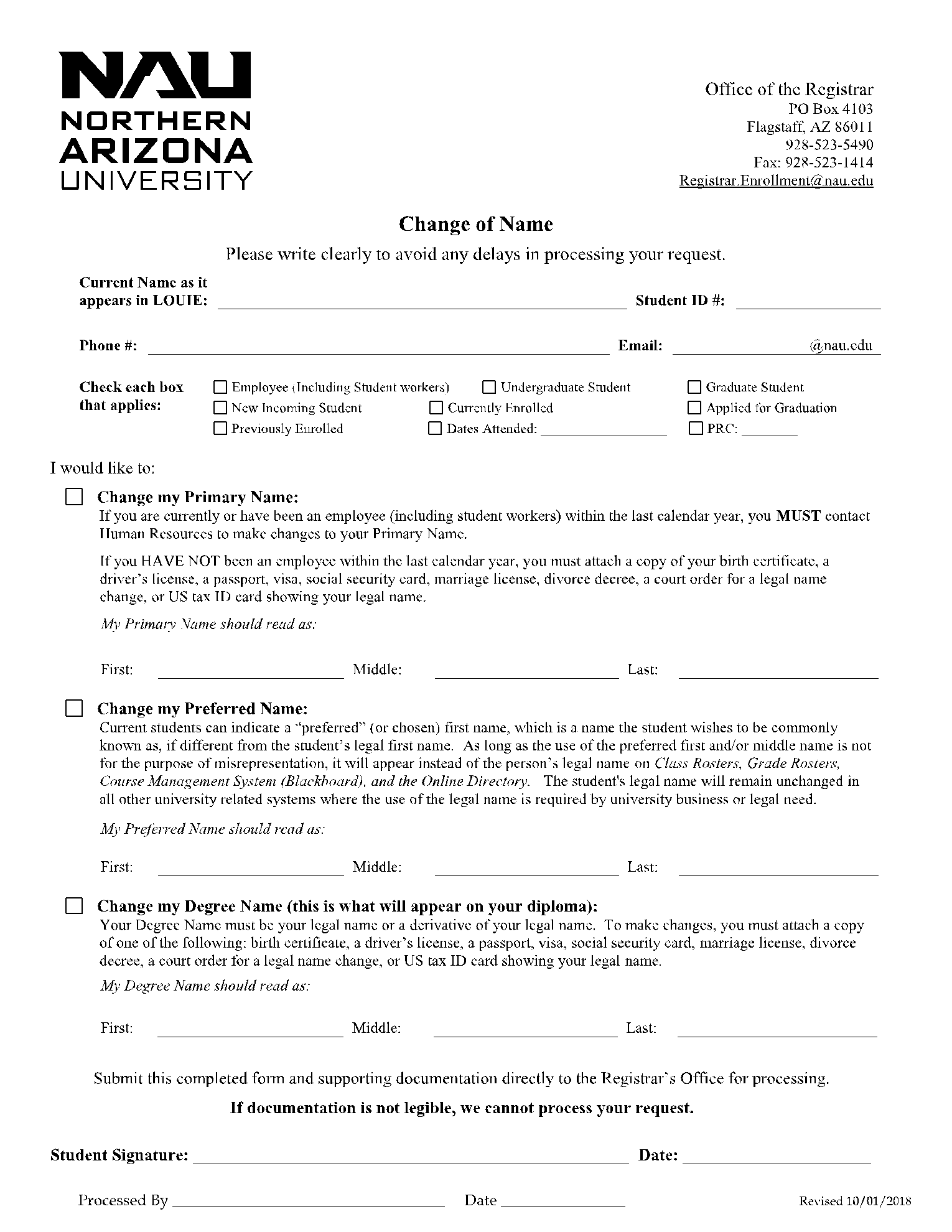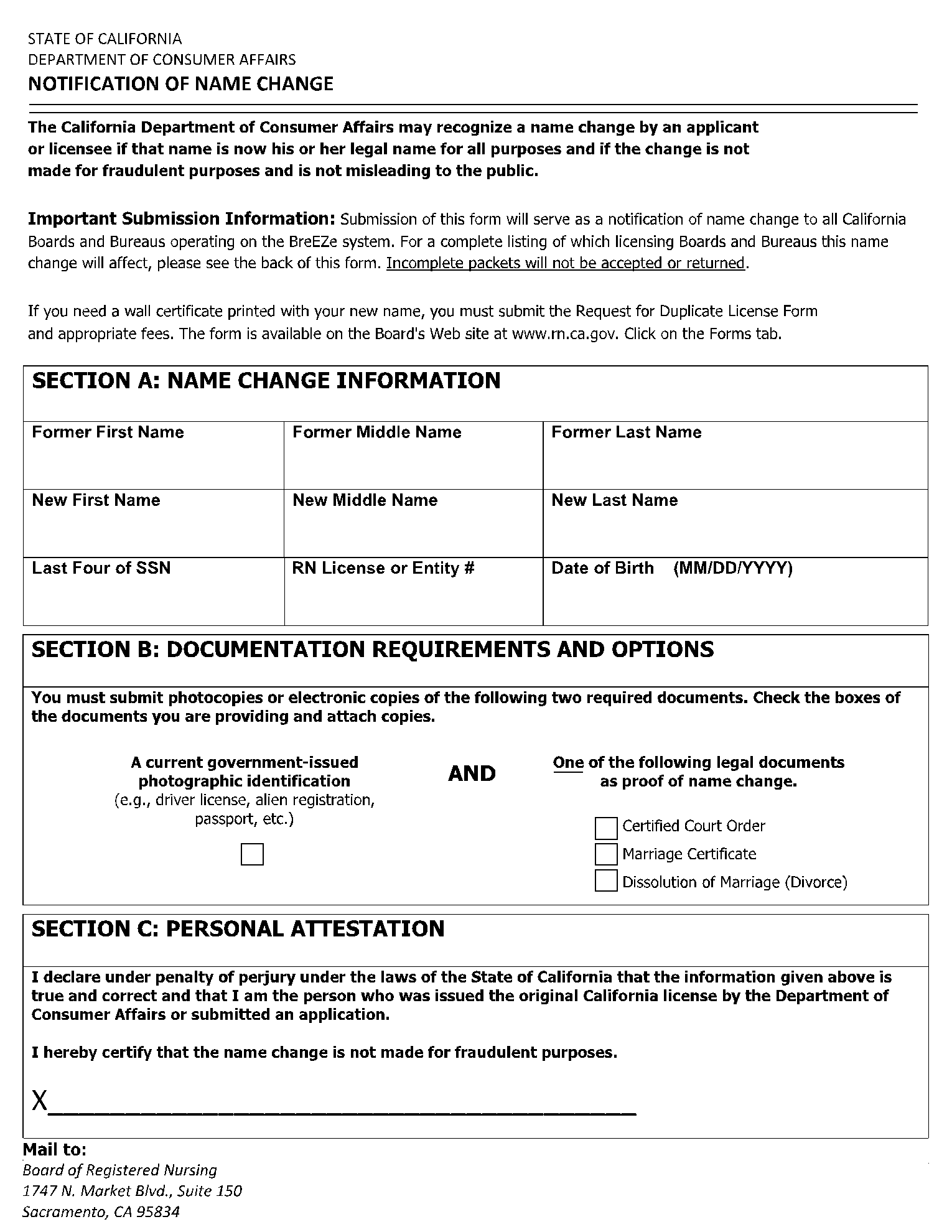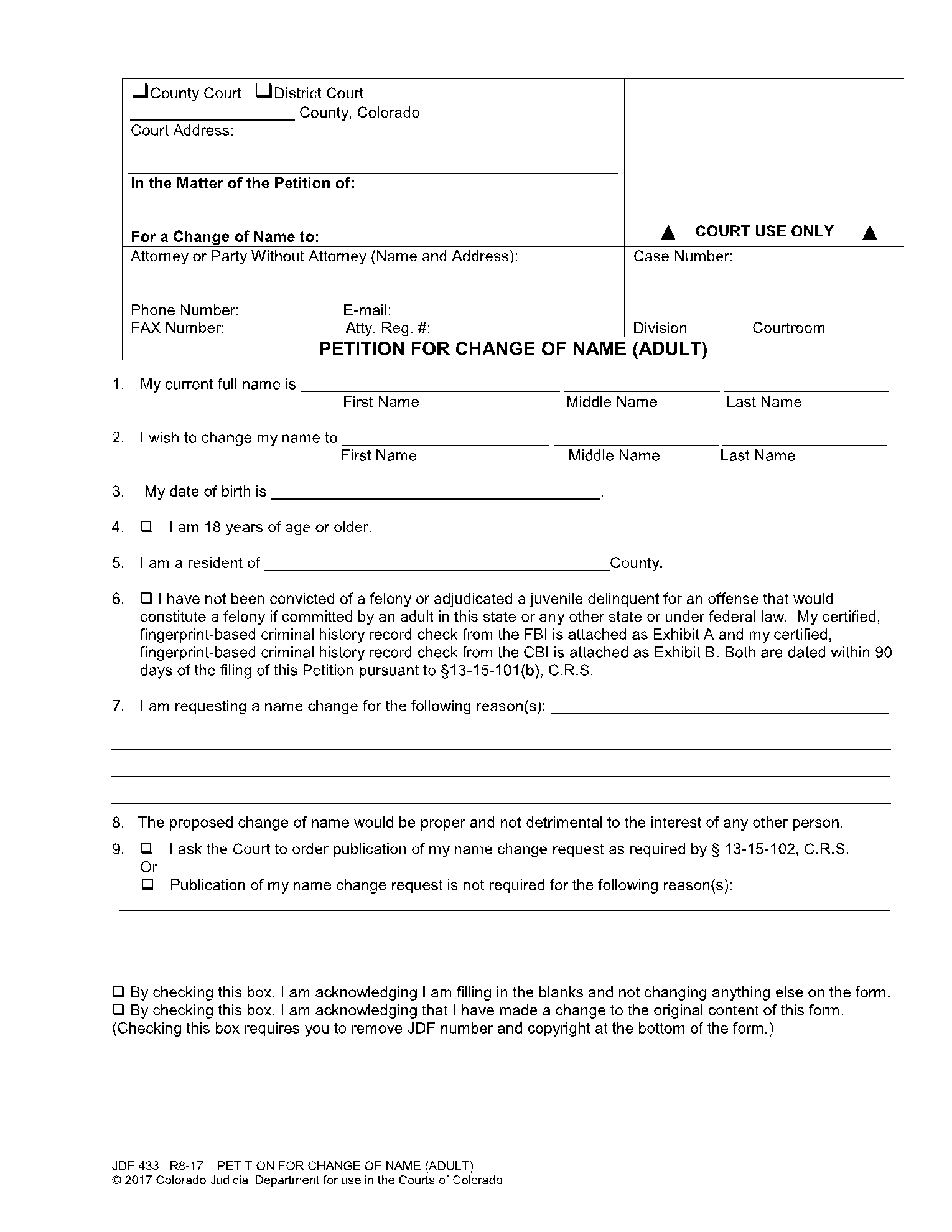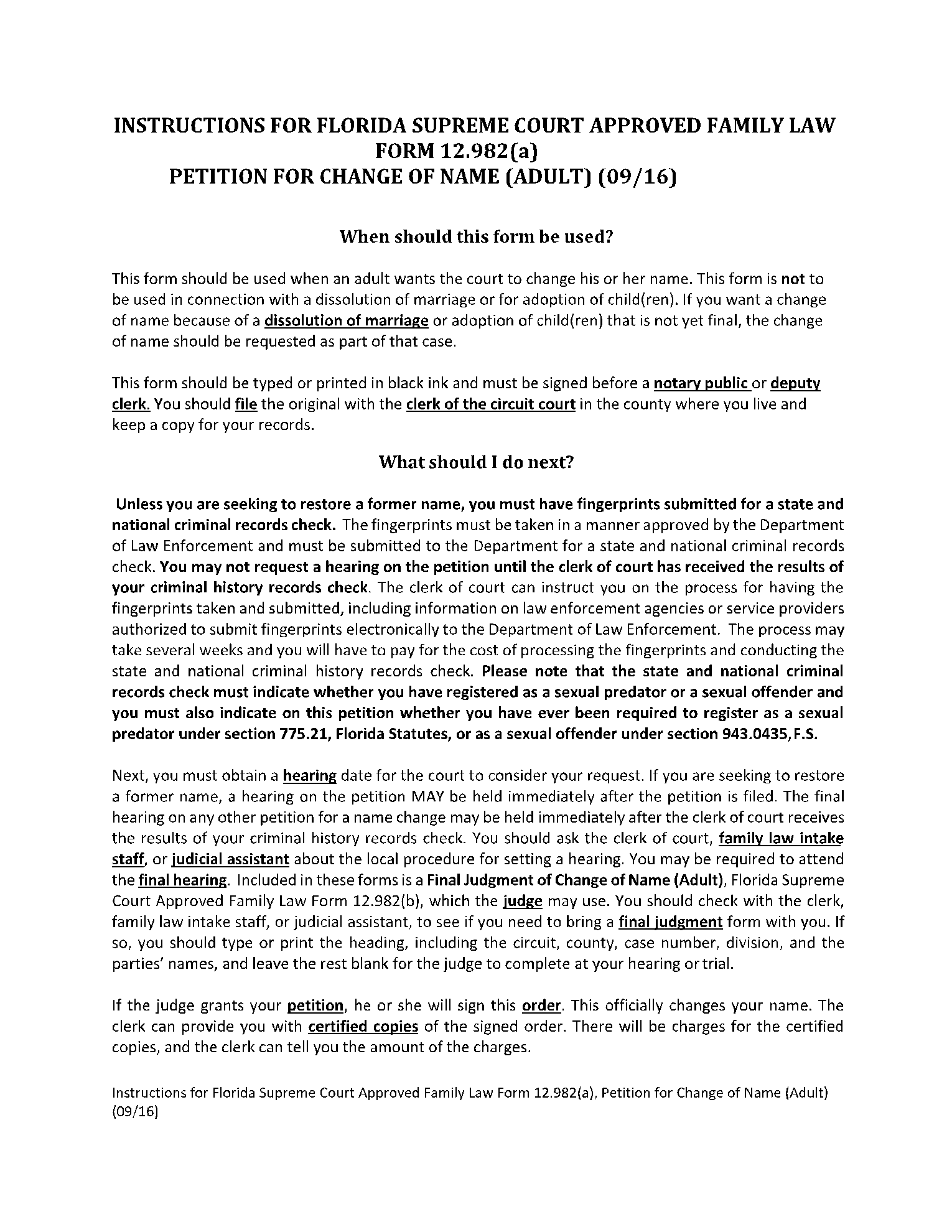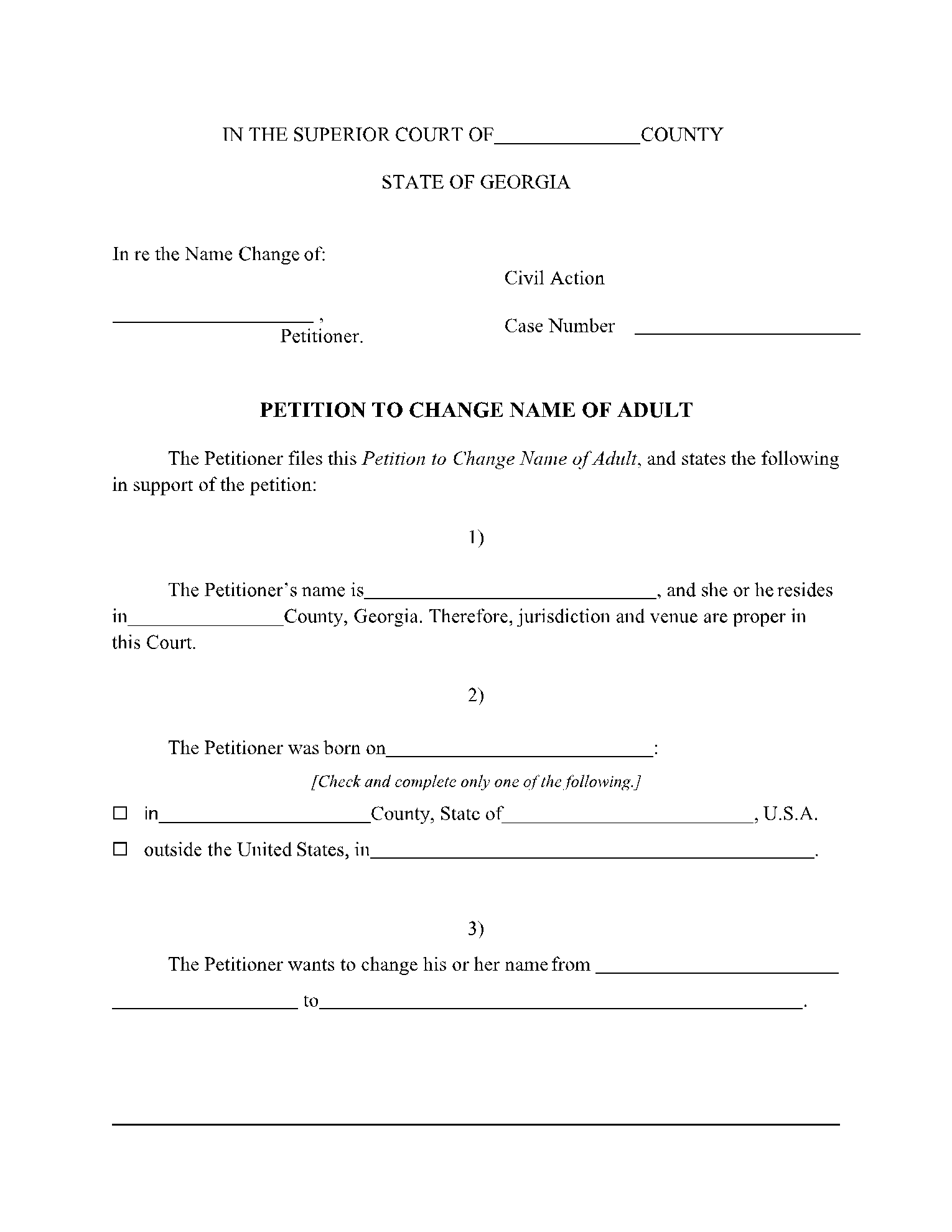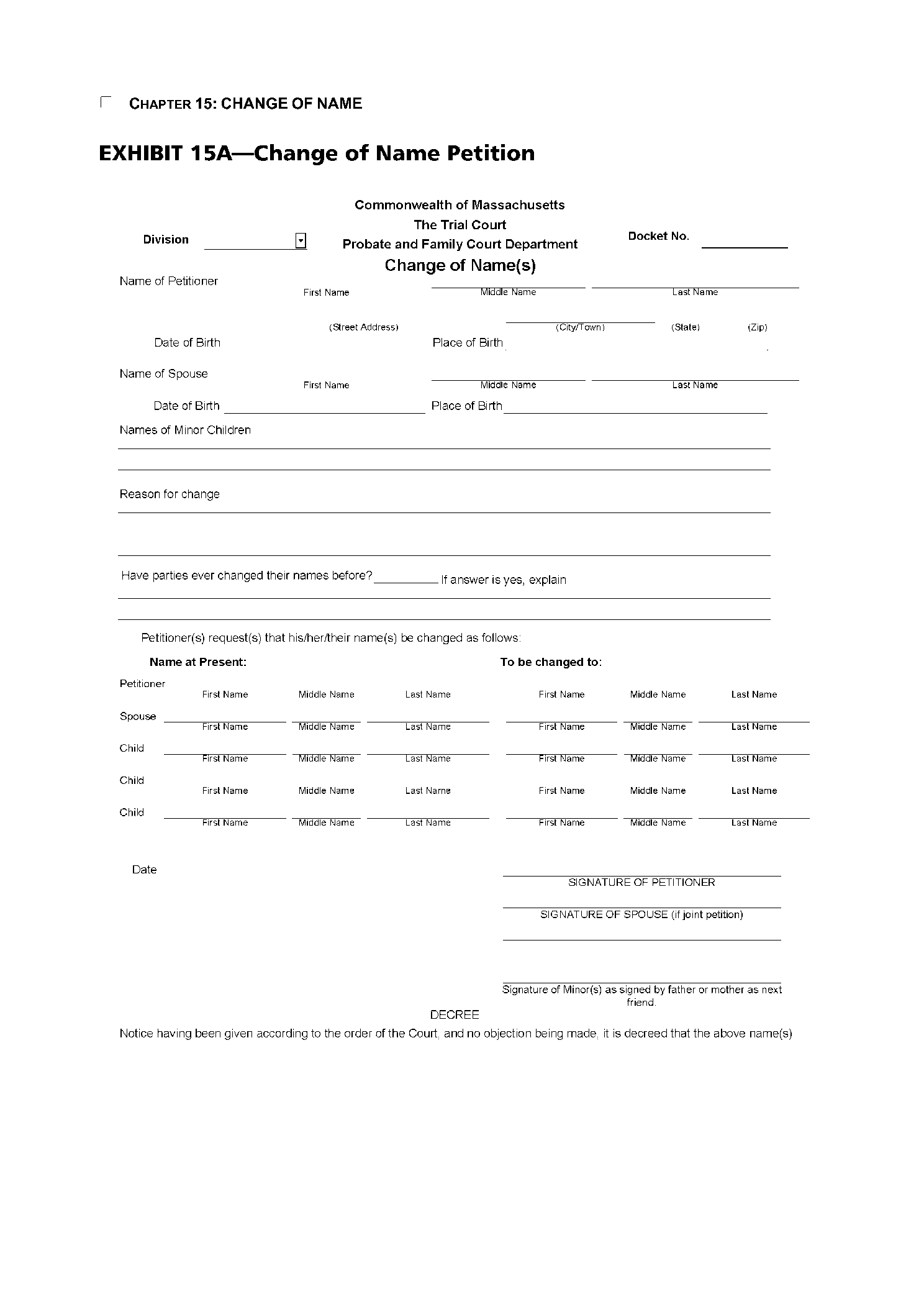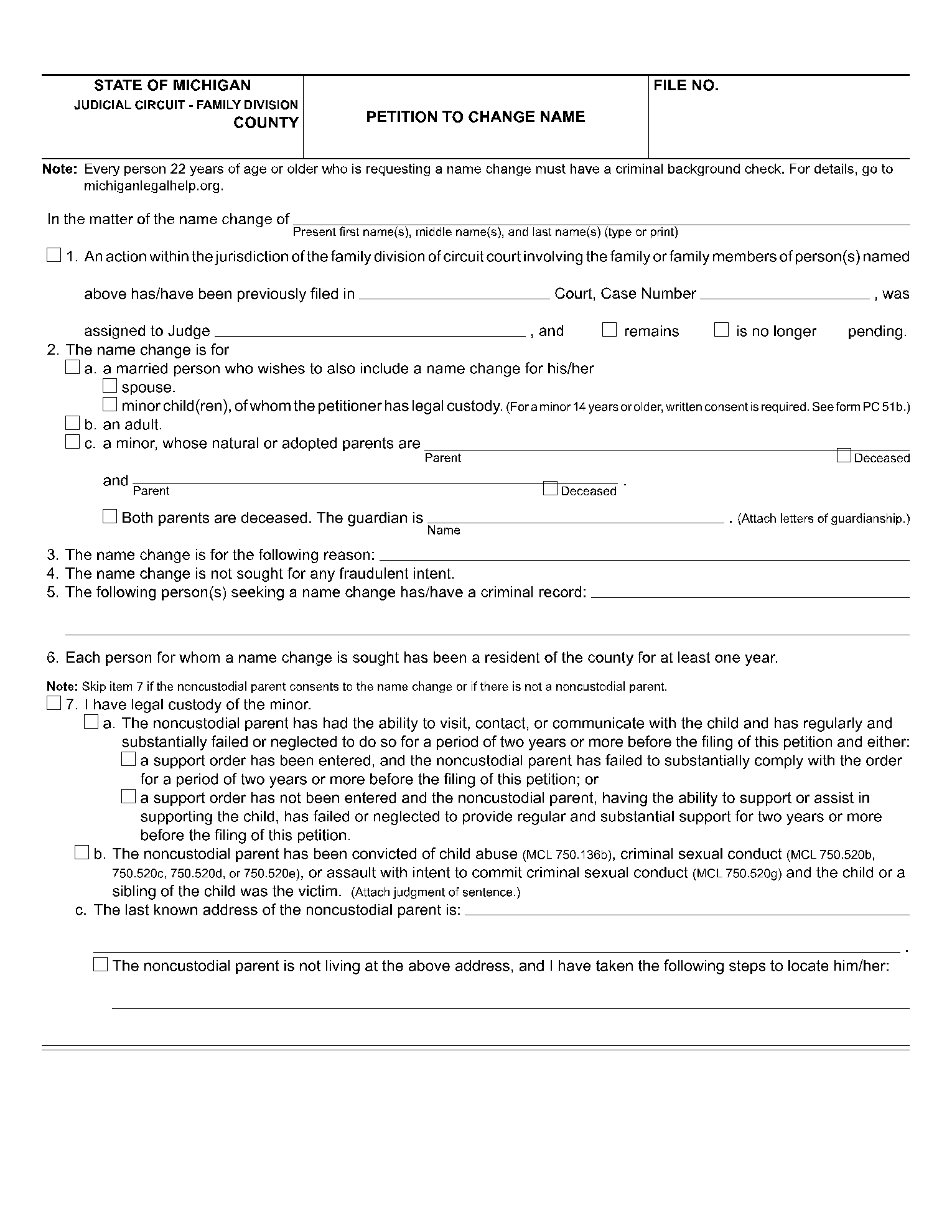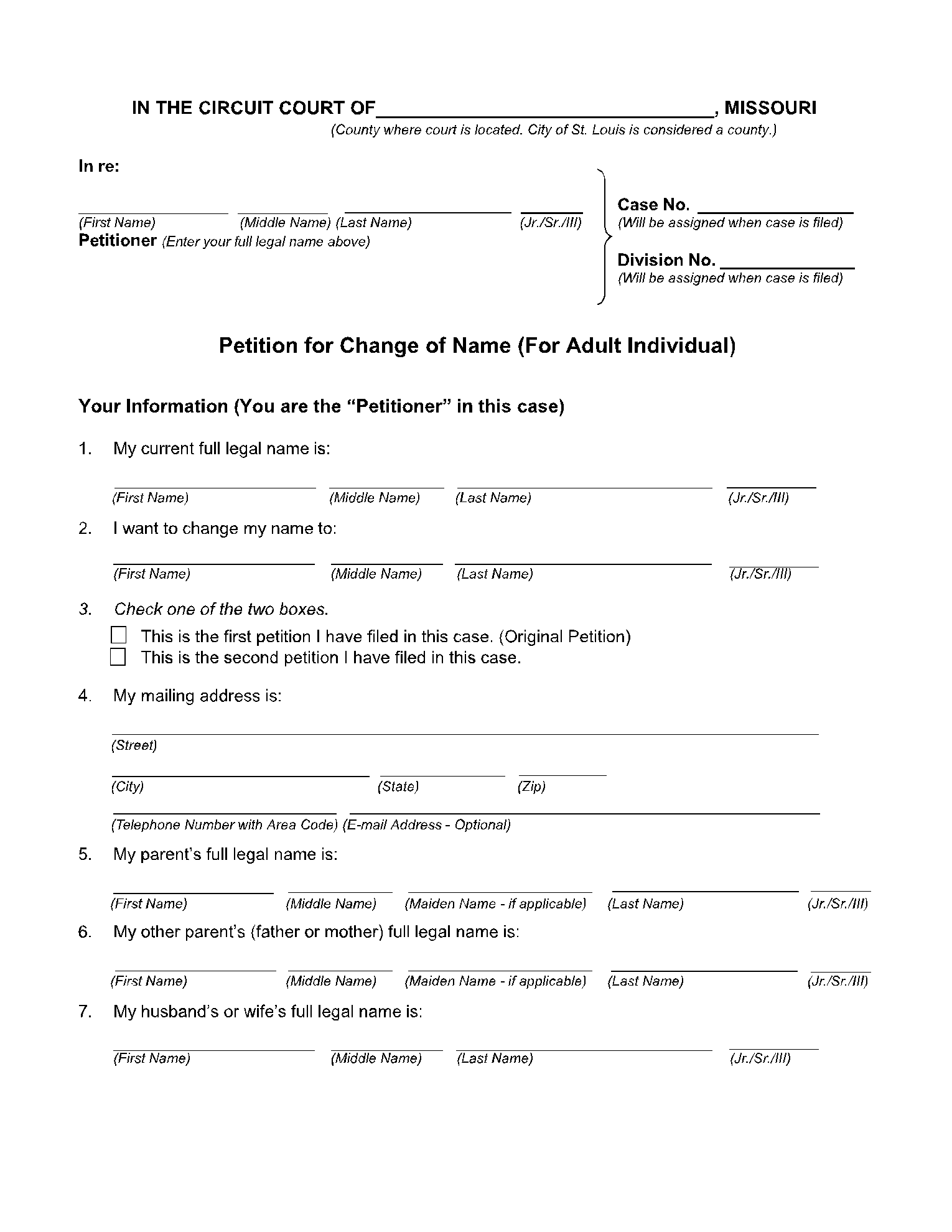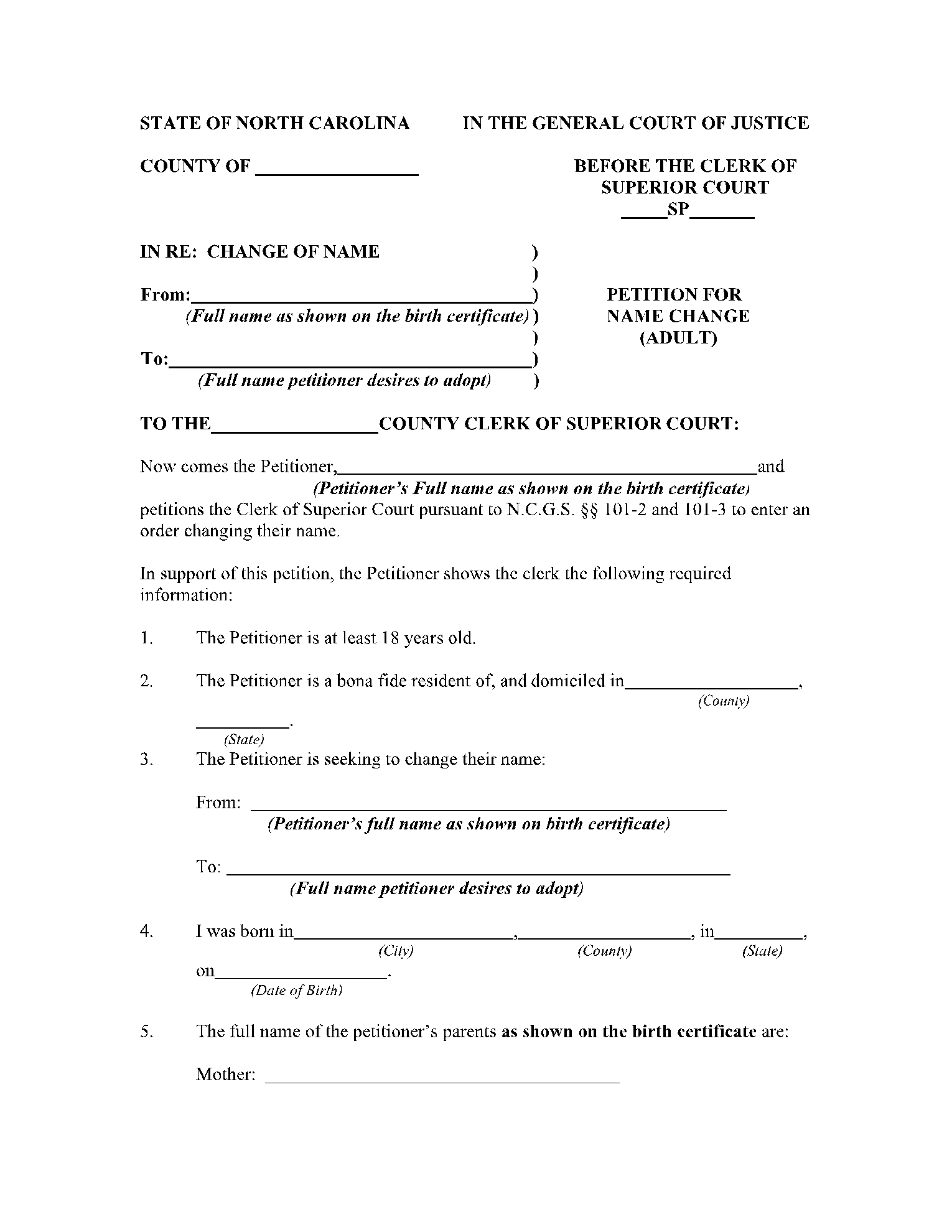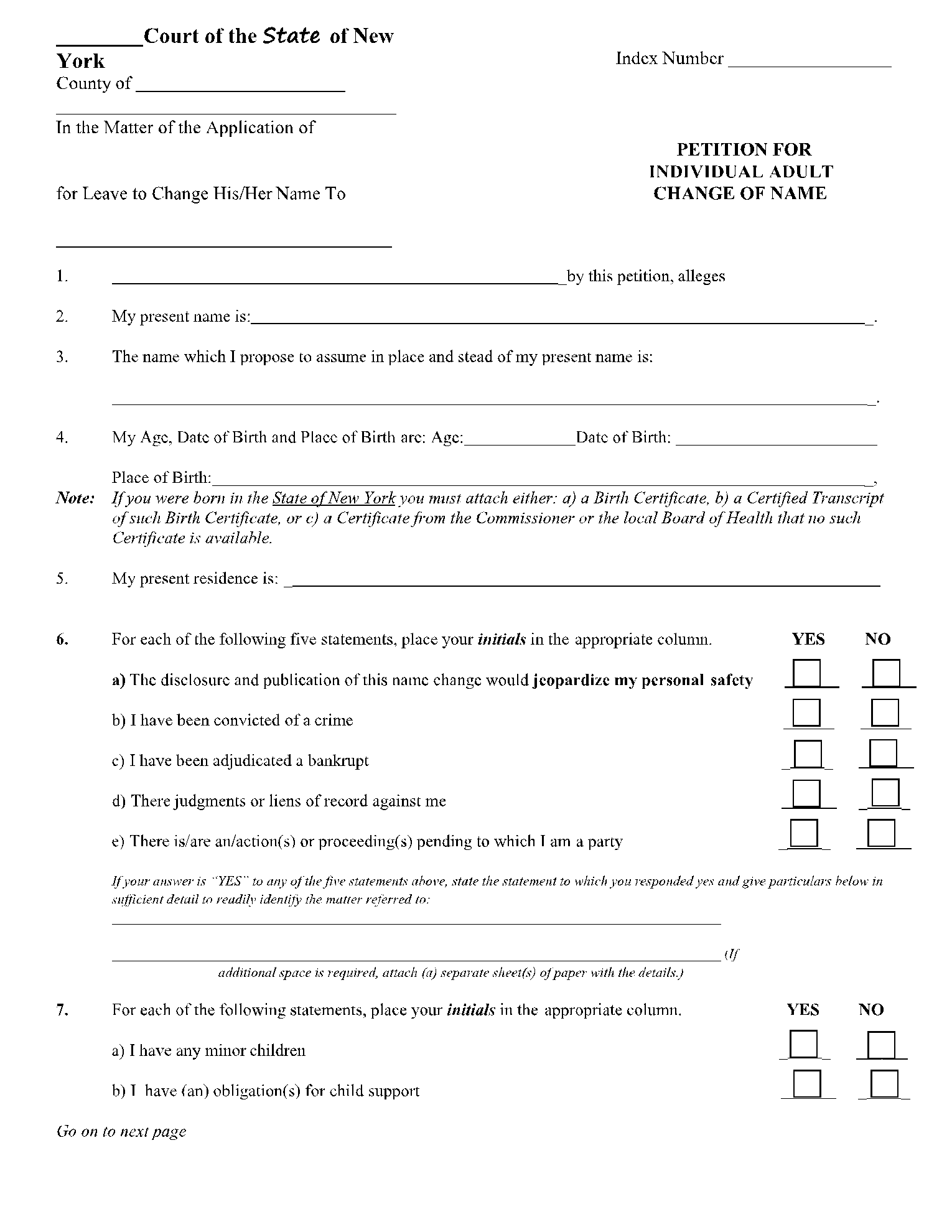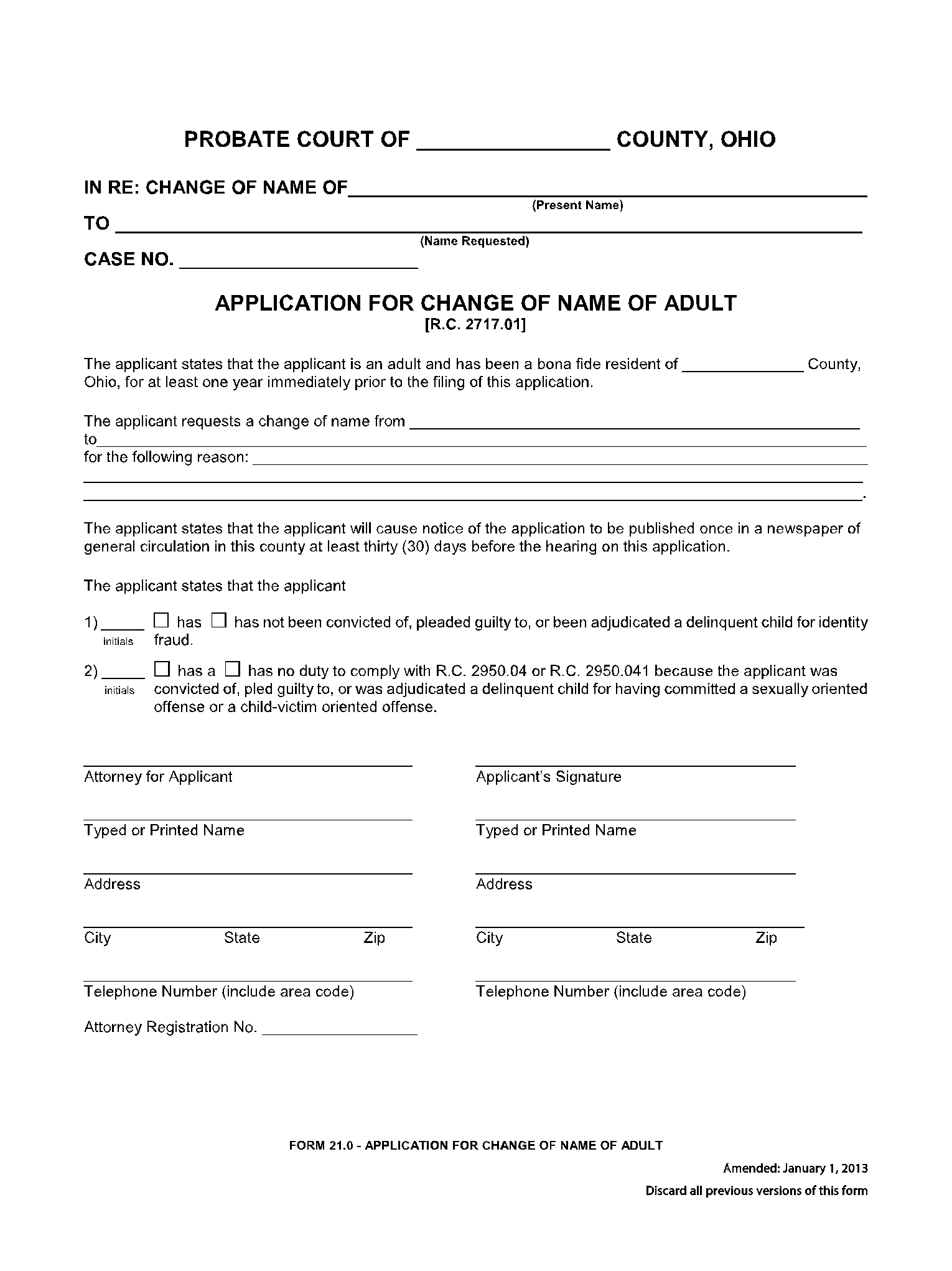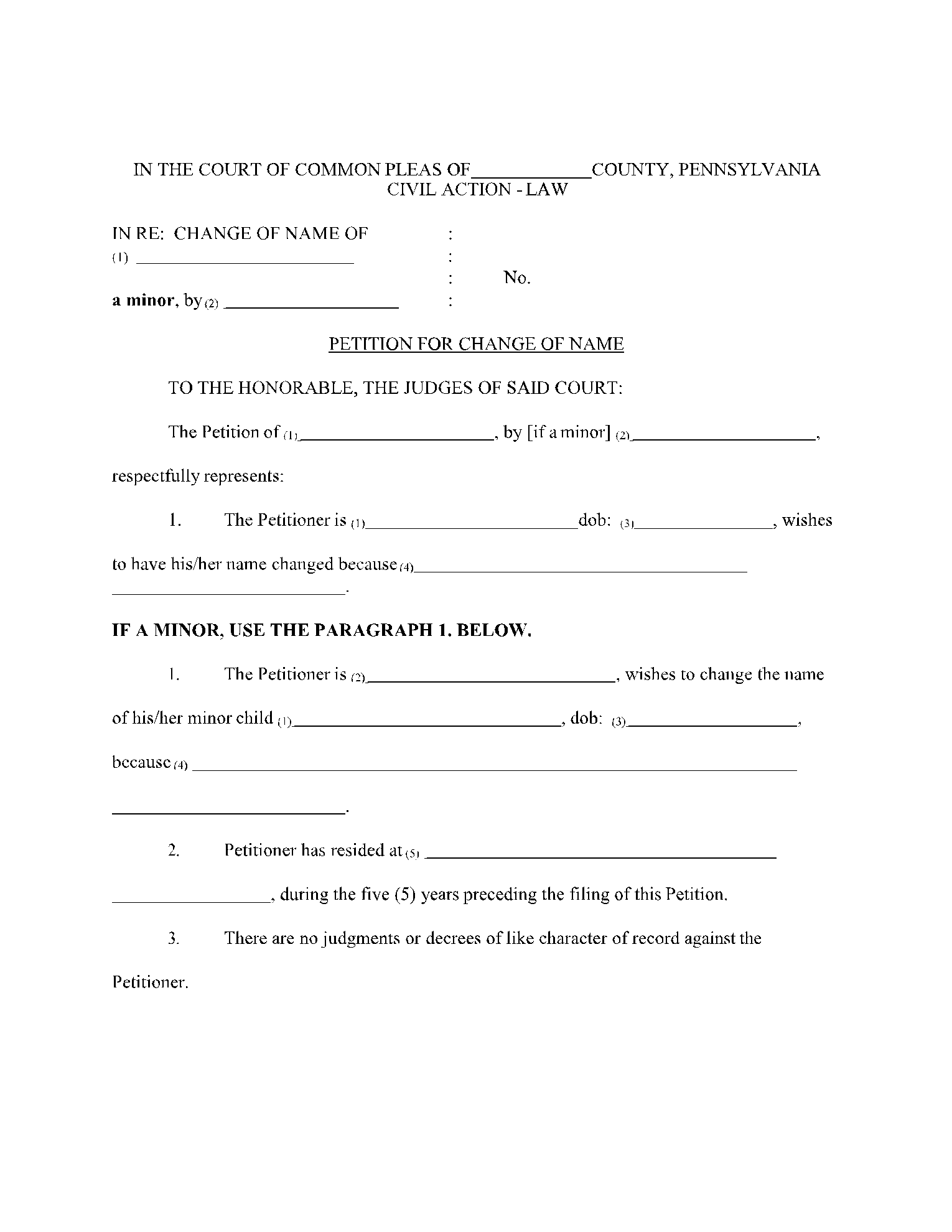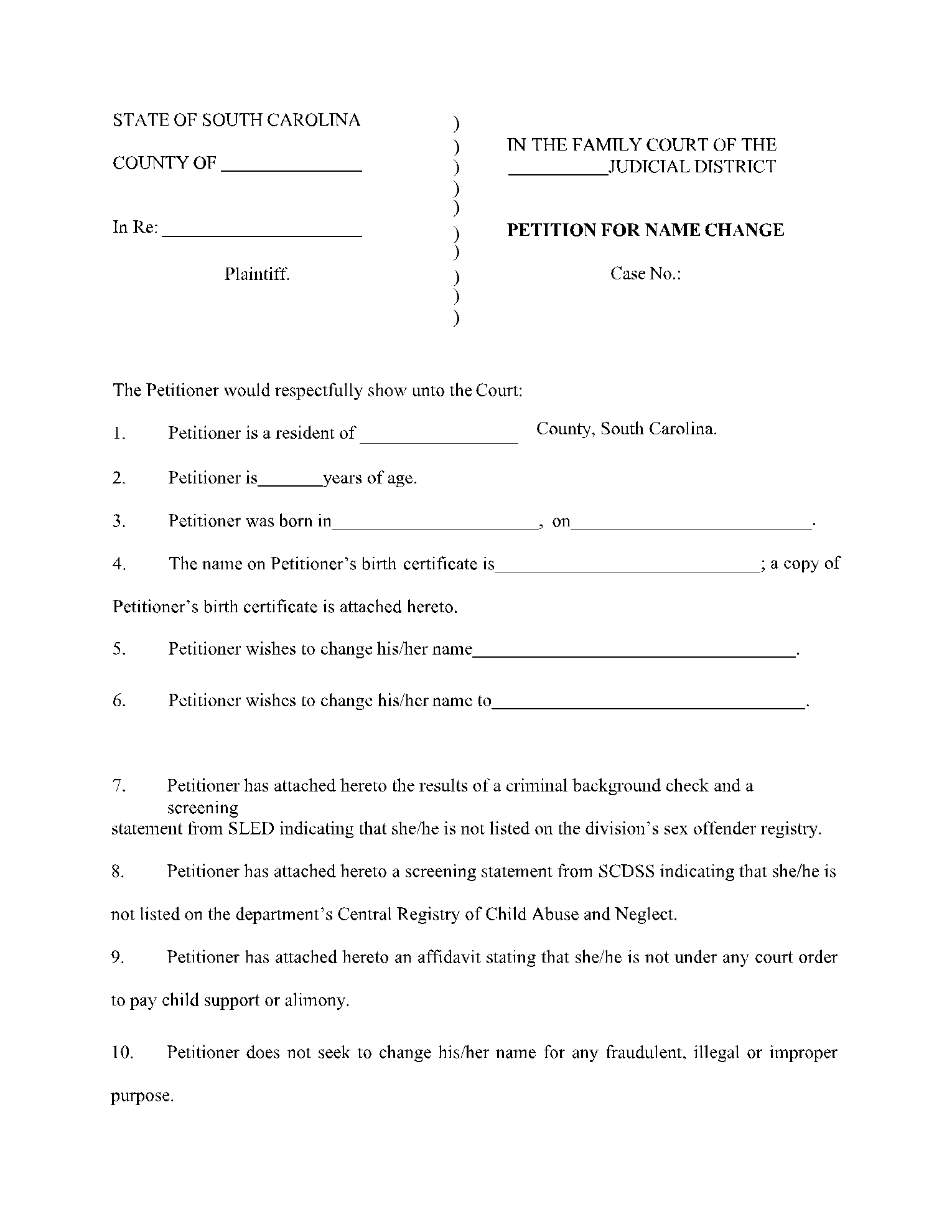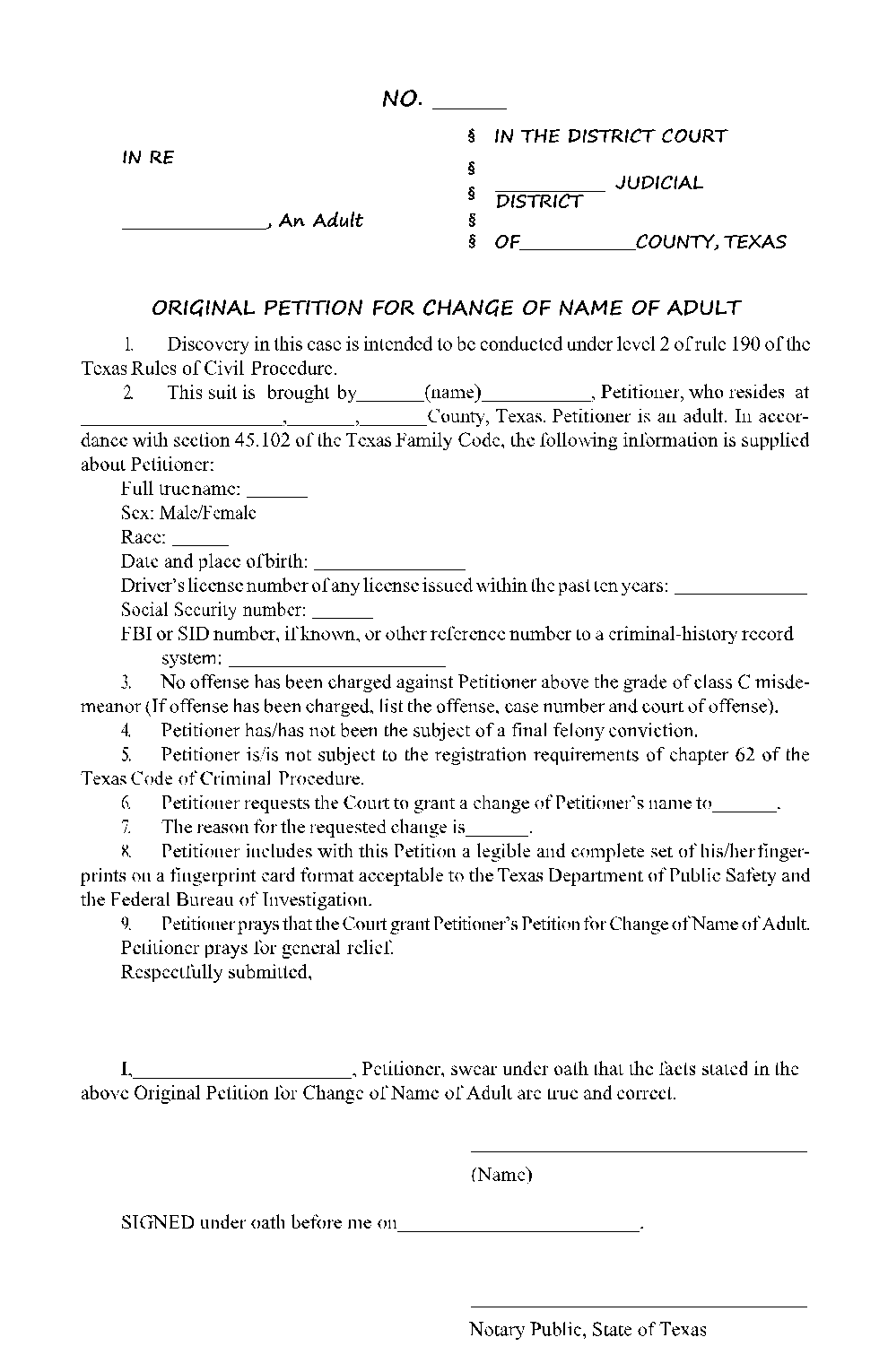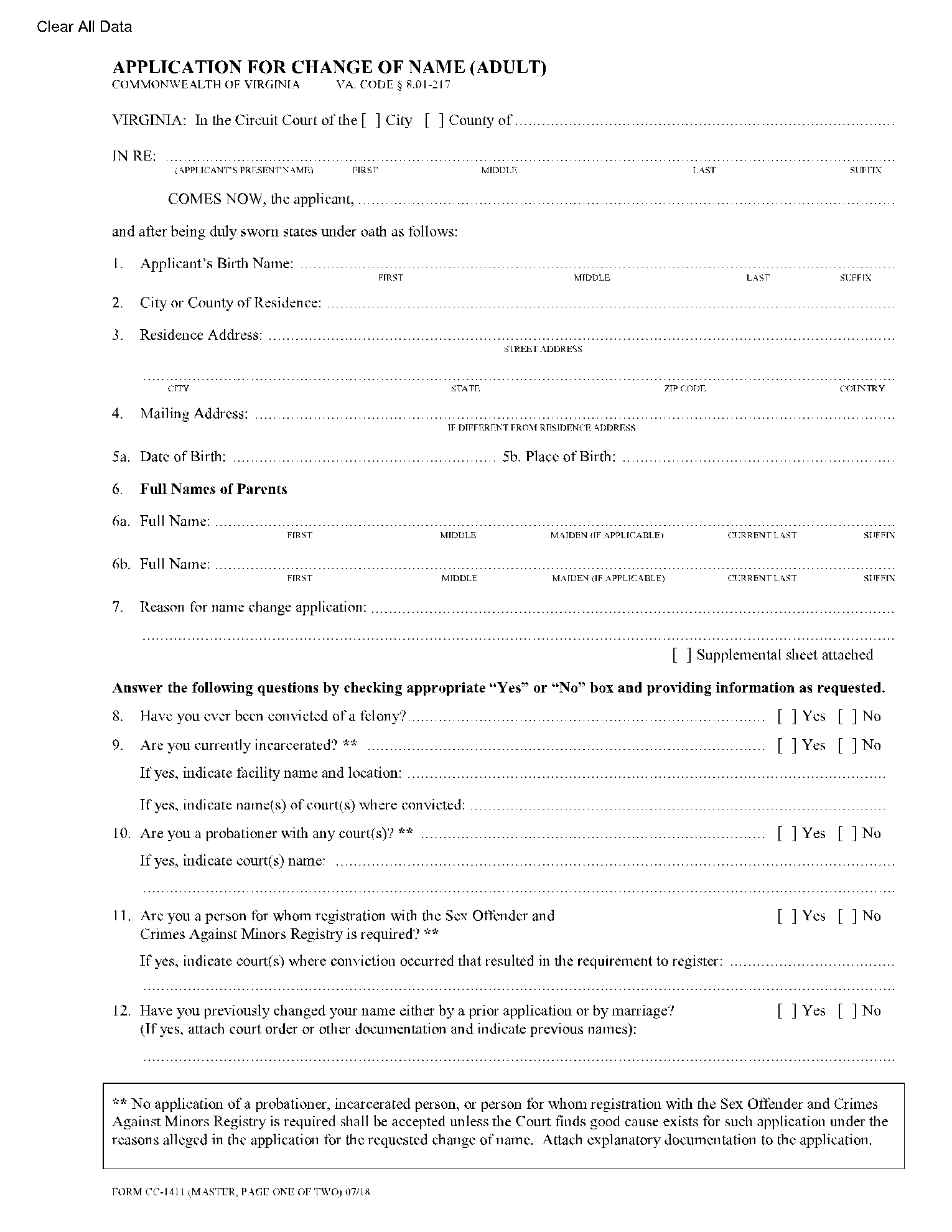Our name is the primary identity we use to function in the world. Oftentimes, you may have to change our name for various personal, professional and legal reasons. These include marriage, divorce, a gender transition, work or just because you never really connected with your given birth name.
Changing your name can be a challenging process emotionally, but in terms of logistics, it is a fairly simple administrative procedure. This article will guide you through the basic information you need when thinking about changing your name, and offers multiple templates for your personal needs.
What Is a Name Change Form & How Does It Work?
The name changing form and procedure can vary from state to state. California name change forms may differ greatly from Florida name change forms for example. These forms are an administrative procedure through which you can legally change your name to your preferred name. Many places allow you to use your new name without paperwork and go on with life. But if you wish to make the change permanent, it is better to register the change with the concerned state authorities and keep copies of all the documents issued during the procedure.
The names for the application for a name change can vary from place to place. It is important to look out for appropriate change of name forms for a hassle-free process. CocoSign offers an exclusive collection of change of name forms for you to download.
How to Legally Change Your Name?
There are certain important name change documents and forms that you need to organize before undertaking the process. These include:
- Proper identification: This includes your state ID card, passport, driver’s license
- Legal document: This includes your marriage certificate, final divorce papers. Or a court order where the court issued the name change judgment.
- Date of Birth: This includes your original birth certificate, adoption record, or medical records.
Depending on the nature and complexity of your petition for name change, you can either engage a lawyer or look up the relevant forms on your government’s official website. To legally change your name, you have to file a petition in your local district court. The new name is official after a hearing takes place, and the court issues a judgment granting the request.
When to Change Your Names?
There can be many instances when you feel like you need to change your name. Most often, name changes are prompted by major life events or changes. Here is a list of common reasons for people changing their names:
- Change of name due to a court decree
This is a situation when a change of name is officially decreed by the court and is required by state institutions like the tax department, passport authority. This process generally requires you to file for a petition in the local court.
- Change of name due to marriage
Most people like to change their names after marriage. In most cultures, women are expected to take on the last name of their husbands. However, with changing times, attitudes towards adopting the name of one’s significant other are changing. Many couples choose to hyphenate their last names together. If you wish to change your name, you need to file a petition and follow the procedure described above.
- Change of name due to divorce
In the event of a divorce, many people, especially women, like to reclaim their maiden names. This request can be during divorce proceedings, where the judge enters an order to restore your former name. In case the divorce has already been finalized, you can file a petition in court to ask for a name change.
- Change of name for work purposes
People are known to change their names for professional or work-related reasons. The most common example of this practice is celebrities changing their names to create their unique brand image. They often go for simple and catchy stage names that help them establish their persona to the world.
- Change of name due to religious reasons
Many people change their names to something else that reflects their current religious beliefs and sentiments. This often happens after a person converts to a different faith.
- Change of name other personal reasons
Often people change their names because they feel disconnect between their actual self and what their name portrays. In such cases, the name change can be an informal process where the person actively chooses to go by a different name.
In specific cases, like gender change or reassignment, the person will have to consult the concerned legal authority about the state laws that exist for such situations.
Limitations and Requirements in Changing Names
Changing your name is a significant legal process that has its limitations and requirements.
- It is important to note that changing your name with the intent to defraud or escape law enforcement/creditors is a significant crime punishable by law
- It is illegal to change your name to impersonate or mislead people by taking the name of a celebrity. You can be arrested for defamation and disseminating misleading information.
- As with the recent case of Elon Musk’s child, X Æ A-12, it is not advisable to change your name to something vague and confusing or include numbers or symbols. Such name changes are likely to be rejected by your local administration. All legally accepted names need to be in the officially accepted languages of your country.
- It is not advisable to change your name if you want to include offensive and obscene words to your legal name.
The decision to change your name is a significant one, as it is your primary identity in the world. Once you are done with the legal process of changing your name to your new desired identity, you must update all your legal, financial, and personal records with the information. You can easily streamline this name change process by using CocoSign. As an online service, CocoSign provides multiple templates for people looking to change their e-signatures across various platforms, in a secure, automated, and user-friendly manner.
